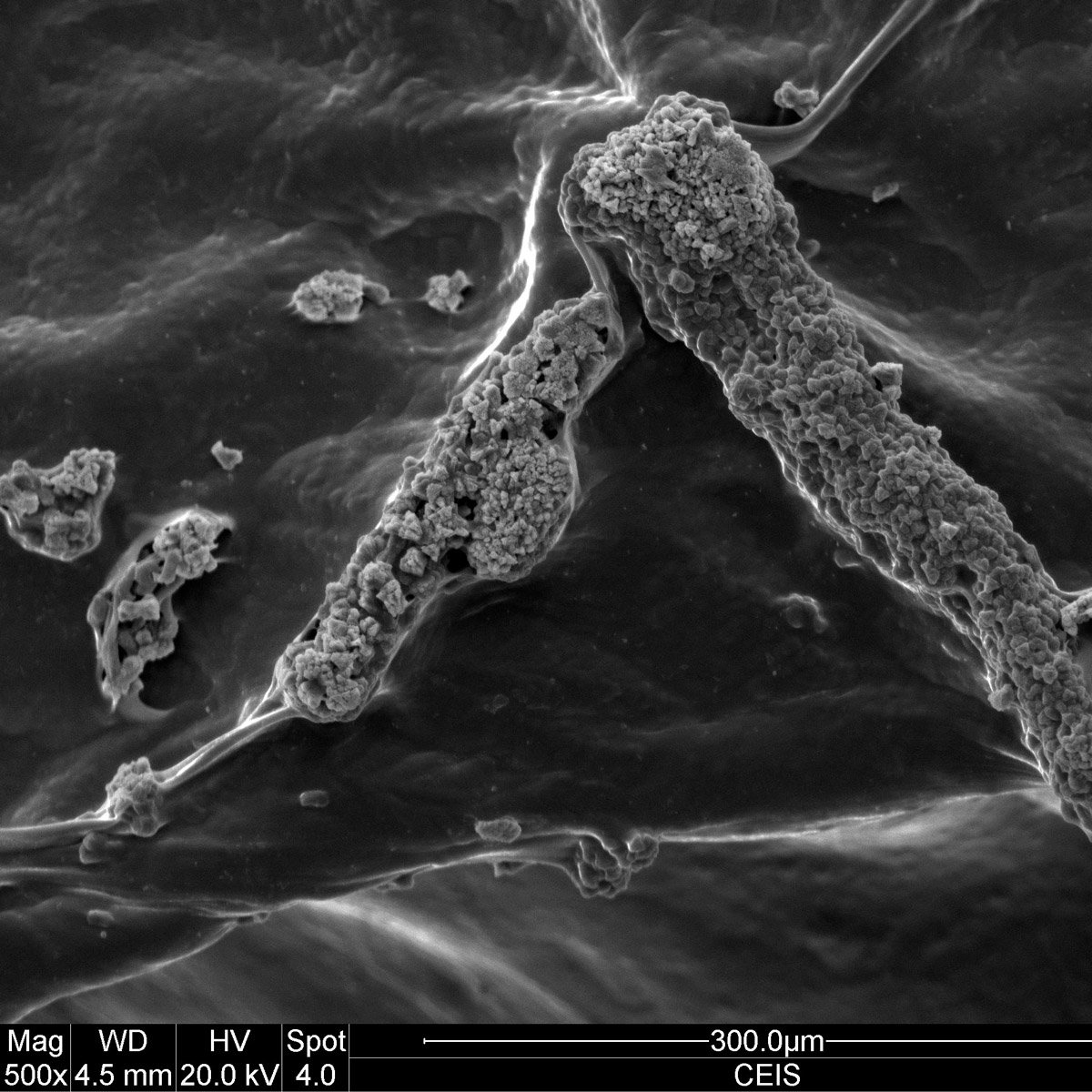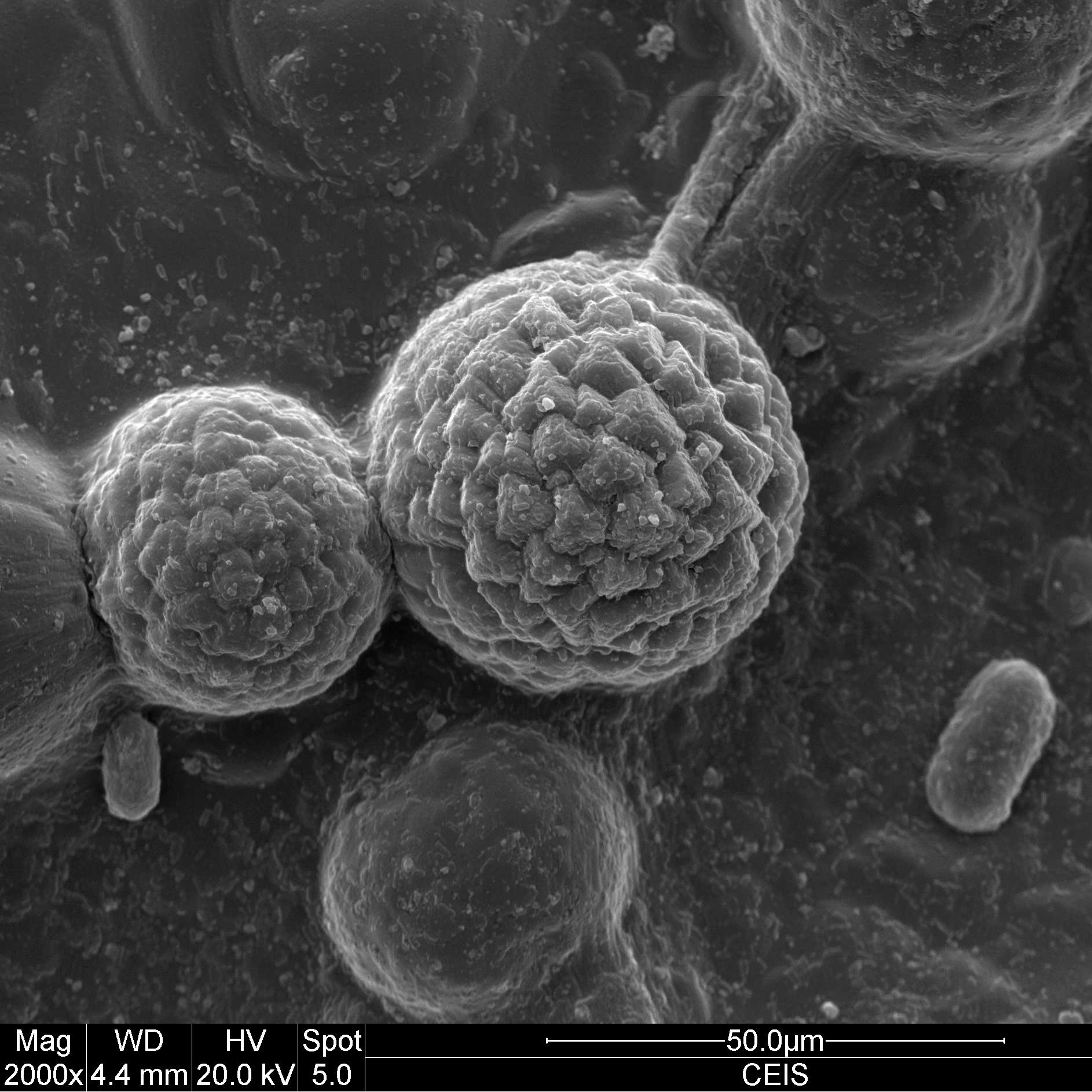
In this project, we explored the potential of living organisms to fabricate hard, inorganic structure. Drawing inspiration from biomineralisation processes, we started exploring the idea of complex structures which would be fabricated through bacteria. One of the key challenges of this prospect however lies on the precise control of the chemical and mechanical conditions in the environment. Bones, to extend the analogy, are created by the coordinated action of living organisms, whose behaviour is a response to specific triggers in the environment. Whilst such process are highly efficient within natural assemblages, such as the human body, they present a major challenge in design.
To overcome this challenge, we developed the notion of material proxies— structures which facilitate the performance of bacterial organisms in a similar way in which a scaffold provides a temporary infrastructure for the assembly of a complex structure. The notions was developed in a design project in a Linked Research module, whereby Stage 6 students from the Masters in Architecture at Newcastle University have an opportunity to interact with research in development.
The exercise was intended to explore with the appropriate patterns to the scale of bacterial experiments, as well as with the materials more suited to biological-oriented fabrication. Proxies were to be created in an arrangements of materials, such that due to their composition and flexibility could be hardened by the metabolic process of bacterial communities.




